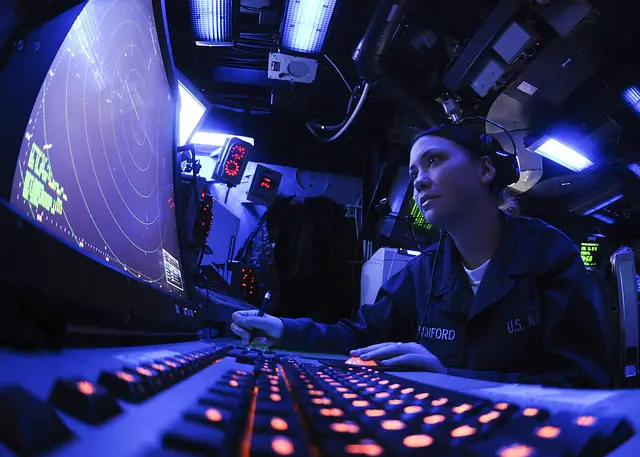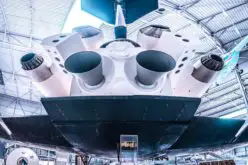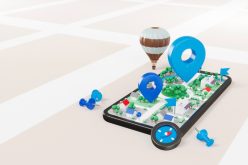Authored By:

Introduction
Dolphins utilize echolocation to discover things in their surroundings. The clicking-noises they utter bounce off things under the water & goes back to this smart mammal. This assists them to measure size & the distance separating them & far away things.
What is Echolocation?
The concept of dispatching a sound into the atmosphere, then calculating the time it takes to echo back is called echolocation.
Application of Echolocation In the World
Echolocation isn’t only restricted to dolphins. People accommodated this rule into sonar, that sends pings inside the water & listens for the echoes. The achievement of sonar later developed into radar, which happens to be the same concept, but having radio waves into the air.

Image Credit: Pixabay
Devices For The Blind People
Those who could profit most from modern sound tech are the blind. Most of the blind people utilize sound like a director, many of them exercising long & hard enough to obtain a kind of echolocation. This knowledge has been adopted to develop devices to assist the blind pilot the world properly.
Understanding the limits to which echolocation may be utilized, scientists made the subsequent leap in its development involving the utilization of lasers, presently recognised as Lidar. This happens to be a compound remote-sensing tech utilizing laser-light to highly sample the facade of an object. Now, it’s being utilized by archaeologists to investigate the subterranean layers of the planet.
How Do We Use Lidar Technology?
In contemporary years, archaeologists have begun utilizing Lidar to draft the height of highlights on the spot. Lidar assisted the scientists to travel 2,000 km in a comparatively short span of time. Reaching that big land by hand, utilizing ground entering radar, could have used decades. However, Lidar’s application doesn’t end there.
Luckily, a close kin of lidar called the phased-array is an excellent workaround. It’s able to broadcast radio-waves in a given direction utilizing a microscopic-array of unique antennas collectively synced. By observing the timing — or phase — within each antenna transmitting its signal, technicians can “steer” a single signal in a particular direction. This is the initial step in utilizing lidar for autonomous-vehicles.
Additionally, Lidar can’t work it alone: it can’t scan signs because they’re flat; the operations can be interrupted quickly by restricted visibility.
Therefore, to operate in a car, lidar must work mutually with additional systems: its relatives’ radar & ultrasound & conventional visible-light cameras assist Lidar.
Dr Seth Horowitz happens to be utilizing the ideal by which bats rule sound like the solution to unlocking a distinct class of assistive mechanisms which could permit a blind individual to travel the world with unmatched freedom. He wishes to accomplish more compared to early machines which were no more compared to indicators which informed the user of obstructions or objects nearby.
While Lidar can be the subsequent-wave of the future technology for realizing autonomous vehicles, helping the blind in learning their surroundings with sound, & improving archaeologists’ capacity to outline the past, there’re still numerous interests with its restrictions & costs.
Conclusion
Scientists yet have much development, innovation, & testing to work on before Lidar may be reliably utilized to operate autonomous-vehicles. And there’re yet more difficulties which Lidar can yet be the resolution for. If you want to read more about this, visit here;
Author Biodata
Anna Kucirkova works as a copywriter for over 4 years. She speaks 3 languages, loves travelling and has a passion for kids and writing. While she has been to many places in Europe and South East Asia, she still wants to explore the rest of the world.











